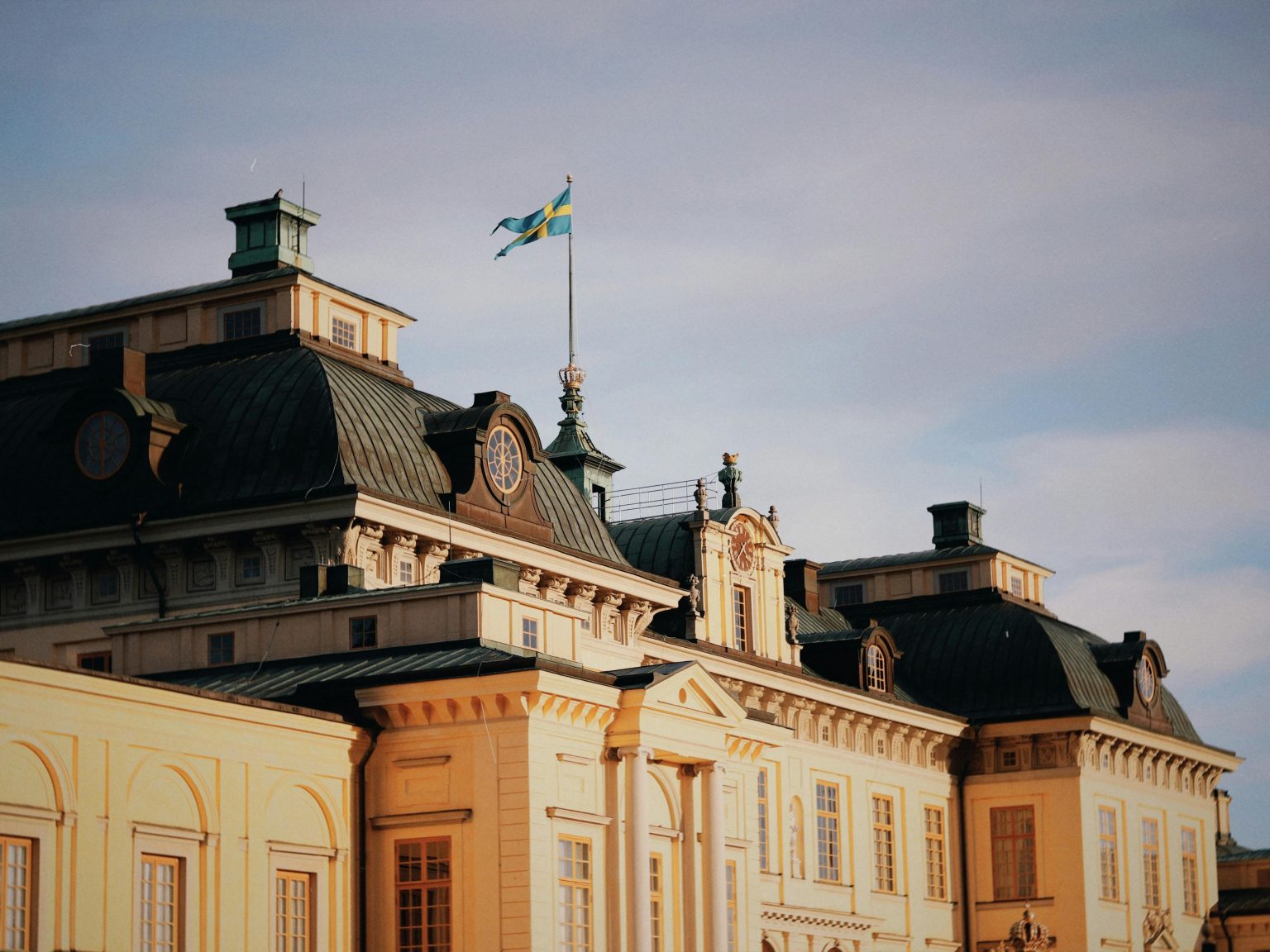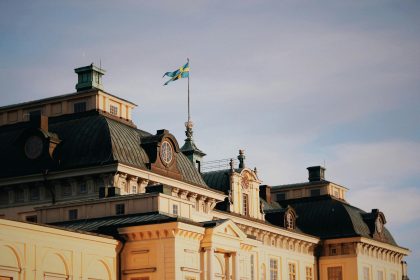The Royal Palace in Stockholm, known as “Kungliga Slottet,” symbolizes Sweden’s rich history and regal heritage. Located on the eastern edge of Gamla Stan, the old town of Stockholm, this grand structure not only serves as the official residence of the Swedish monarch but also houses an impressive array of museums, galleries, and ceremonial rooms that reflect the country’s storied past. This article delves into the history, architecture, and cultural significance of the Royal Palace, offering a comprehensive overview of this iconic landmark.
A Historical Overview
Construction of the Royal Palace began in 1697 after the previous castle, Tre Kronor, was destroyed by fire. The design was entrusted to architect Nicodemus Tessin the Younger, whose vision blended Baroque and Renaissance architecture elements. It took several decades to complete the palace, with the final touches added in the 1770s. Over the years, the palace has undergone numerous renovations and restorations, particularly after the damage sustained during World War II.
The Royal Palace has been the center of Swedish royal power for over three centuries. It is here that significant events in Swedish history have unfolded, from royal weddings and coronations to state banquets and official ceremonies. The palace is not just a residence but a vital part of Sweden’s political and cultural identity.
Architectural Marvel
The Royal Palace is one of the largest palaces in Europe, boasting over 600 rooms across seven floors. Its façade is characterized by grand columns, intricate stonework, and expansive windows that reflect the opulence of the Swedish monarchy. The architecture is a testament to the Baroque style, with its symmetrical design and dramatic use of space.
One of the palace’s most striking features is the impressive outer courtyard, flanked by majestic statues and meticulously manicured gardens. The inner courtyard, a more intimate space, showcases beautiful fountains and sculptures, providing a serene contrast to the grandeur of the outer areas.
The palace’s interiors are equally impressive, featuring lavishly decorated rooms that showcase royal furnishings, art, and historical artifacts. Each room tells a story, reflecting the tastes and influences of various monarchs throughout history. The Hall of State, for instance, is where the Swedish King receives foreign dignitaries and hosts official ceremonies. It is adorned with gilded ceilings, exquisite chandeliers, and portraits of past monarchs, reminding visitors of the palace’s significance as a center of power.
A Peek Inside: The Museums and Exhibitions
Within the Royal Palace lies a treasure trove of museums and exhibitions that offer a deeper understanding of Sweden’s royal heritage. The Royal Apartments, open to the public, provide an insight into the lives of the Swedish royal family. Visitors can explore the King’s and Queen’s apartments, which are furnished with exquisite antiques, paintings, and other artifacts that reflect royal life.
The Treasury is another highlight, showcasing the crown jewels and regalia used in royal ceremonies. The intricate craftsmanship of these pieces is a testament to Sweden’s rich artisan heritage, and they play a crucial role in the nation’s ceremonial traditions.
The Museum of Antiquities, located within the palace, houses an impressive collection of historical artifacts dating back to the Viking Age. This museum reminds visitors of Sweden’s ancient roots and the evolution of its cultural identity over the centuries.
Cultural Significance
The Royal Palace is not just a historical site but a living symbol of Sweden’s monarchy and its role in contemporary society. The Swedish royal family is known for its commitment to public service and philanthropy, often engaging in charitable initiatives and cultural events throughout the year. The palace serves as a backdrop for many of these activities, reinforcing the connection between the monarchy and the Swedish people.
One of the most significant annual events held at the Royal Palace is changing the guard ceremony, a colorful display of military tradition that attracts thousands of visitors. This ceremony showcases the discipline and pageantry of the Swedish Armed Forces and highlights the enduring connection between the monarchy and the nation.
The palace also hosts various cultural events, including art exhibitions, concerts, and public lectures. These events allow the royal family to engage with the public and promote Swedish culture and heritage, fostering a sense of national pride.
Visitor Experience
For those visiting Stockholm, the Royal Palace is a must-see destination. The palace is open to the public year-round and offers guided tours that allow visitors to explore its stunning rooms and learn about its history. Audio guides are also available in multiple languages, providing a comprehensive overview of the palace’s significance.
Visitors can stroll through the beautiful palace gardens, which are meticulously maintained and provide a peaceful escape from the bustling city. The gardens are designed formally and feature geometrically arranged flower beds, fountains, and sculptures that enhance the palace’s grandeur.
In addition to the main attractions, the Royal Palace often hosts special exhibitions and events that highlight various aspects of Swedish culture and history. These events allow visitors to engage with the palace in new and exciting ways, making each visit unique.
Conclusion
The Royal Palace in Stockholm is more than just an architectural marvel; it is a living testament to Sweden’s regal heritage and cultural identity. From its grand architecture and rich history to its role in contemporary society, the palace encapsulates the essence of the Swedish monarchy. Whether you are a history enthusiast, an architecture lover, or simply looking to immerse yourself in Swedish culture, visiting the Royal Palace promises an unforgettable experience.
As you walk through its halls and gardens, you can almost feel the weight of history surrounding you, a reminder of the generations of royals who have called this magnificent place home. The Royal Palace is not just a site of historical significance; it is a vibrant symbol of Sweden’s past, present, and future, inviting visitors worldwide to explore its storied legacy.



